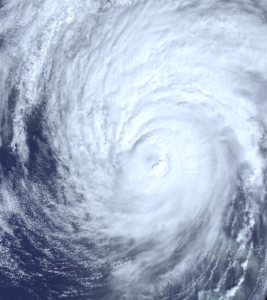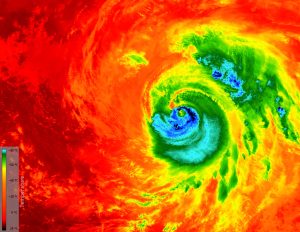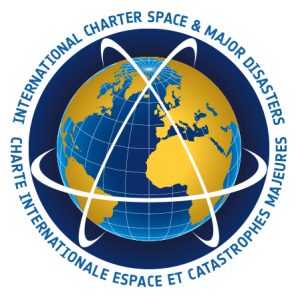After the storm – Tracking Hurricane Matthew and analysing its impact
In this set of two activities, students will explore the applications of Earth observation data in tracking hurricanes and assessing their aftermath by using the example of Hurricane Matthew. Students will learn how a hurricane develops and the impact that extreme weather can have on the society. They will do this by comparing satellite images. The activity could be completed either in an ICT suite in which students complete independent learning about the images or could be taught using a more active learning style in the classroom.
Subject Geography, Science
- Explain how hurricanes develop
- Understand the impact that extreme weather can have on society
- Understand how Earth observation can be used to track incoming weather and assess the damage caused by extreme weather
- Understand how countries work together to supply aid and relief to affected areas


Did you know?
When disaster strikes, a group of international space agencies pools its resources and expertise to support relief efforts on the ground. The International Charter Space and Major Disasters is an international collaboration between 16 owners or operators of Earth observation missions. It provides rapid access to satellite data to help disaster management authorities in the event of a natural or man-made disaster. Since its first request for support in 2000, until May 2018, the Charter has called on space assets on many occasions, helping to respond to more than 580 disasters in more than 120 countries. On average, the Charter is activated about 40 times a year. predict future climate change.

The Water Cycle
Brief description In this set of six activities, students will learn about the water cycle and, in particular, how water...
Infrared Webcam Hack – Using infrared light to observe the world in a new way
Brief description This set of three activities will enable students to understand the electromagnetic spectrum and observe infrared radiation through...
Is ozone good or bad? -The discovery of the Antarctic ozone hole
Brief description In this set of three activities, students will learn about ozone and the impacts – good and bad...
Earth under the lid – Understanding the greenhouse effect
Brief description In this set of two activities, pupils will learn about our atmosphere and the greenhouse gases that it...
The Power of Earth Observation
We are all intricately interconnected to our Earth – from the trees that provide us with oxygen, to the natural sources that shape our landscape. ESA’s Earth observation programme is at the forefront of monitoring...


